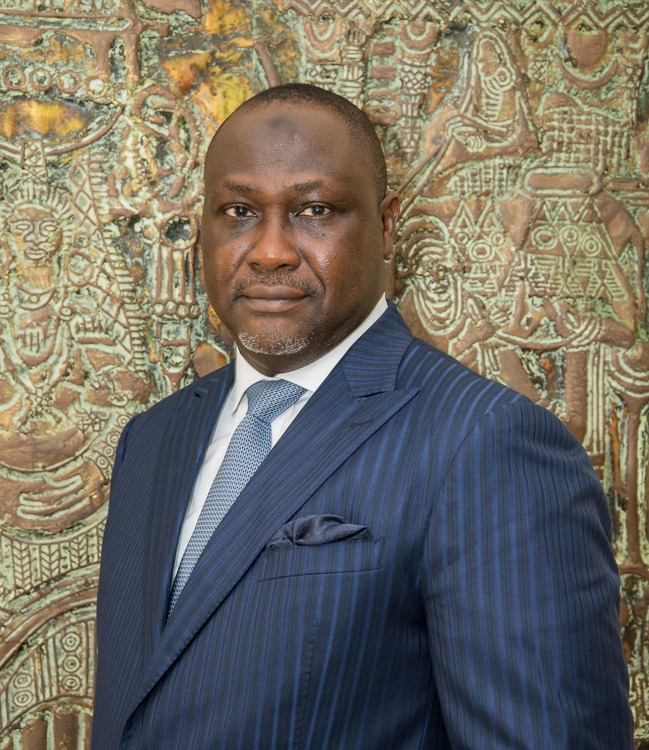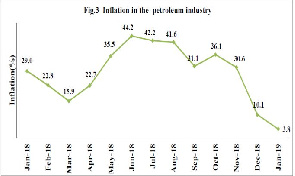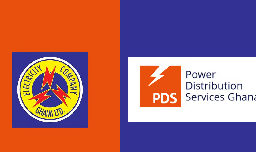Interoperability between mobile money and card is enabling Africa’s access to the global financial system

Christian Bwakira
By Christian Bwakira, Group Chief Commercial Officer at Onafriq
Mobile money has exploded across African economies as an enabler of financial inclusion by bringing in large swaths of the population that remained unbanked into the fold to participate in economies across the continent.
According to GSMA’s 2024 State of the Industry Report on Mobile Money, registered mobile money accounts grew by 12% to 1.75 billion in 2023 while transaction values for international remittances via mobile money grew to almost $29 billion and merchant payments by 14% to around $74 billion.
Today, consumers can do anything with a mobile wallet that they can accomplish with a traditional bank account or card. In Kenya, where the mobile money market reached $133.2 billion in 2023 and M-Pesa holds a 96.5% market share, consumers can buy groceries from a grocer, purchase goods from the market, pay electricity bills or top up airtime with a simple code from M-Pesa. But, they’re not guaranteed to be able to do so outside of the country, region, or with international properties.
While many of the world’s largest digital merchants have started accepting mobile money payments, most international merchants still do not. This has meant that utilising mobile money in the global commercial space is cumbersome, resulting in a gap between financial inclusion locally within the continent and access to the global financial system. Essentially, this means that individuals using mobile money can’t do things like make payments on an international airline’s website or pay for a Netflix account, small businesses can’t purchase ads on social media platforms like Facebook or search engines like Google, and content creators can’t get paid by the social media platforms they make content on.
Fortunately, card scheme payment rails have the ability to bridge that gap as cards continue to be the preferred payment method for consumers and merchants alike. That’s why it’s imperative to move beyond the idea that African economies will not adopt cards because of mobile money and instead look towards increased interoperability between mobile money wallets and card networks.
Connecting Africa to itself and the world
Much like the continent itself, the payments environment in Africa is highly dynamic and diverse. Across individuals and countries, payment types can vary significantly, resulting in a splintered and disconnected payment ecosystem. For example, when purchasing from Takealot in South Africa, consumers have the option to pay by credit card, an electronic fund transfer (EFT) from their bank or use domestic-flavoured payment solutions such as PayFast, Ozow or Discovery Miles. However, international merchants or companies would have to integrate with each of these different payment service providers individually in every single economy on the continent in order to cater to a wide range of consumers, which is simply not feasible.
According to the World Economic Forum, the varied technical standards, laws and regulations that span countries across Africa contribute to the fact that historically many digital payment methods were closed loops and not interoperable with one another. Additionally, established mobile money interoperability in countries was usually limited to cases such as person-to-person transfers while merchant payments weren’t really considered.
But, advancements in payments interoperability technologies as well as strategic partnerships are facilitating the innovation needed to both achieve the desired convenience, speed and accessibility within the payments space while also enabling merchants to accept payments from and people to make payments to anyone .
Although before, people would need to transfer funds from their mobile wallet to a bank account and then use the bank-issued card to make a payment, this interoperability between the two legacy platforms—mobile wallet and card—means that both individuals and businesses are able to make direct payments by simply linking the two together.
Onafriq’s own partnership and subsequent acquisition of GTP, the number one processor for prepaid cards in Africa, in 2022 underscores the importance of card and mobile wallet interoperability by enabling participation in the global digital commerce environment, connecting traditional card scheme ecosystems such as Visa and Mastercard to the mobile money world.
Now, instead of a prefunded card where money can only be loaded on and not withdrawn, users can easily move money between their card and wallet. And, with digital cards, card networks can now be embedded directly onto the wallet app instead of carrying around a physical card. Even global players like Visa and Mastercard are realising that the only way to be successful in Africa is to play hand in hand with mobile money clients and cater to their needs – as evidenced by Mastercard’s $200 million minority stake in MTN’s fintech division.
Making borders matter less
As the world, and Africa, becomes more connected and digitalised, consumers are branching out in terms of where they’re purchasing goods from and merchants are catering to a more global customer base.
As such, African businesses and consumers alike should be able to make payments to any destination easily and through whichever payment channel they prefer. Cross-border payments need to become faster, cheaper, more transparent and accessible, while also ensuring their safety and security.
Payments interoperability between mobile money and cards will enable an ecosystem whereby you don’t need to link different payment methods, systems, and currencies to one another to ensure that no matter where you are, where you’re sending money to, or where you’re purchasing from, there is nothing standing in your way.
Ultimately, ensuring that these different payment products are able to understand and speak to each other is enabling a more inclusive and accessible financial services landscape, making it as easy as possible for people to perform transactions in a way that is both affordable and reliable.





